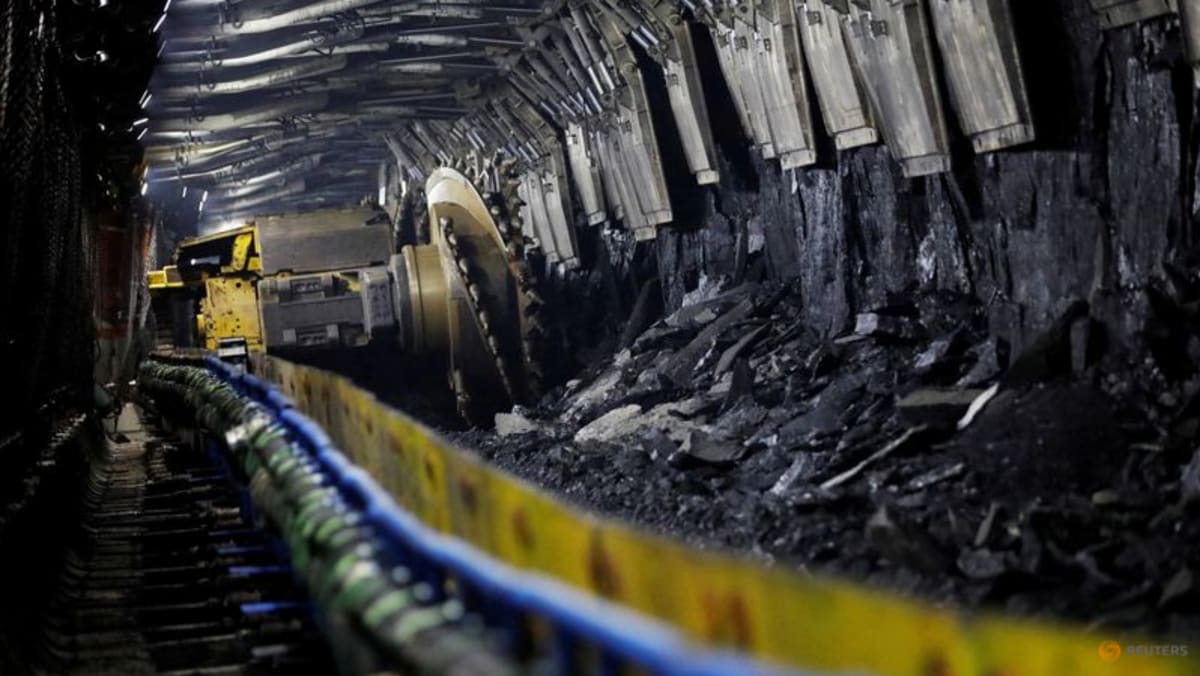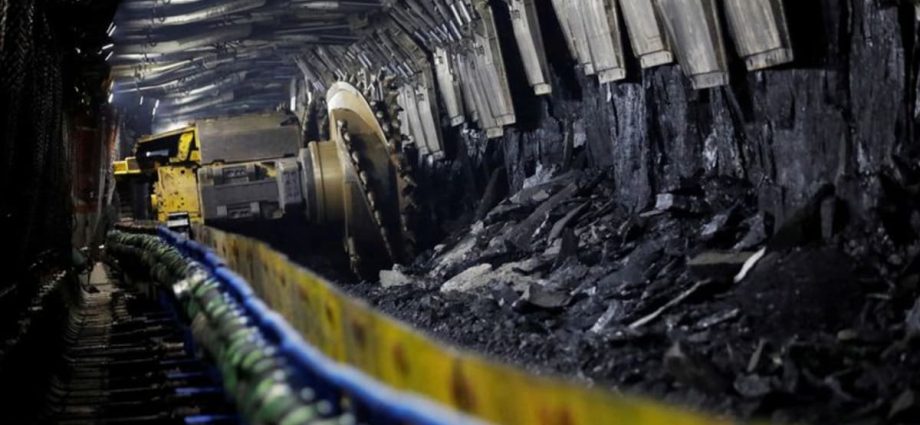
China – the world’s biggest emitter of the pollutants driving climate change – operates thousands of coal mines, even as Beijing has pledged to peak greenhouse gas emissions by 2030.
While safety standards in the country’s mining sector have improved in recent decades, accidents still frequently plague the industry, often due to lax enforcement of protocols, especially at the most rudimentary sites.
Last year, 245 people died in 168 accidents, according to official figures.
An explosion at a coal mine in Shaanxi province in northern China last month killed 11 people, nine of whom were trapped inside. Another two people managed to make it to the surface before they succumbed to their injuries, according to state media reports at the time.
In February, a coal mine partly collapsed in the remote and sparsely populated Alxa League of the northern Inner Mongolia region after a 180m-high slope gave way. Dozens of people and vehicles were buried under a mountain of debris, but authorities did not disclose the final death toll for months.
It was only revealed in June that 53 people had been killed.
In a sign of that incident’s severity, Chinese President Xi Jinping at the time ordered authorities to “do everything possible to search for and rescue the missing people … and protect the security of people’s lives and property as well as overall social stability”.
Authorities deployed hundreds of personnel and over 100 pieces of equipment as part of the rescue operation, according to local government statements.
And in December, around 40 people were working underground when a gold mine in the northwestern Xinjiang region collapsed.

